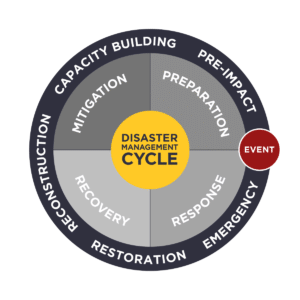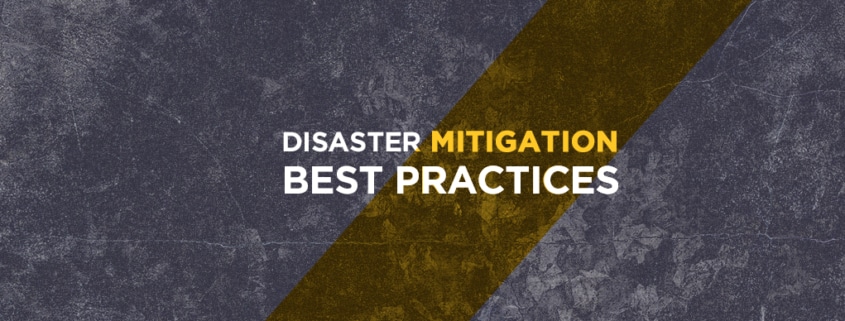Natural disasters can cause enormous damage, sometimes in excess of billions of dollars. The toll is often measured in financial and human cost. However, with good planning and quick response, the ultimate cost of a disaster can be mitigated. So, what is the best way to mitigate the effects of a natural disaster? There are steps that people and corporations can take to maximize mitigation and minimize impact. Below are some of the most effective ways to keep yourself and your property safe during a disaster.
Prepare and Plan Ahead
The best mitigation technique is preparation. Keep in mind the following practices:
- Review the possible hazards in your area. You can obviously review the historical data for your location. Also, if your insurance company requires you to have earthquake or flood insurance, that’s a good sign that you live in an area prone to those types of disasters.
- Learn the best way to prepare for those hazards. In the instance of an earthquake, you want to be sure that your house or apartment building is retrofitted to shore up structural issues. This is especially important if you live in an older building. For areas prone to flooding, see what the cost might be to elevate your home.
It is estimated that for every dollar spent on mitigation, three dollars are saved. For example, in 1999, the Red River in Grand Forks, North Dakota flooded and caused over $3.5 billion in damage. This caused the state government to institute mitigation techniques to avoid a similar situation in the future. As a result, when the Red River flooded again in 2006, the cost of total damages was held to under $7 million.

Additional Benefits of Mitigation
Aside from cost savings, effective mitigation has long-lasting effects on the community. By preparing ahead of time, it is possible to avoid service disruptions in schools and businesses. Thus, being prepared not only helps ensure that things will quickly return to normal, it also protects against lapses in income or salaries.
For more examples of mitigation best practices, please visit this fact sheet from FEMA.
Maintaining a safe infrastructure in the wake of a natural disaster is also tantamount to keeping things running like normal. U.S. Bridge has most recently worked in Puerto Rico, installing bridges in areas where Hurricane Maria destroyed massive amounts of infrastructure. To find out more about U.S. Bridge, please contact us today.

